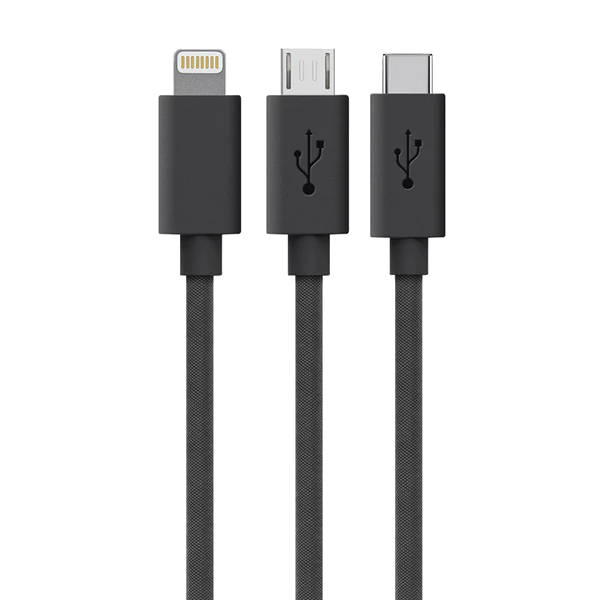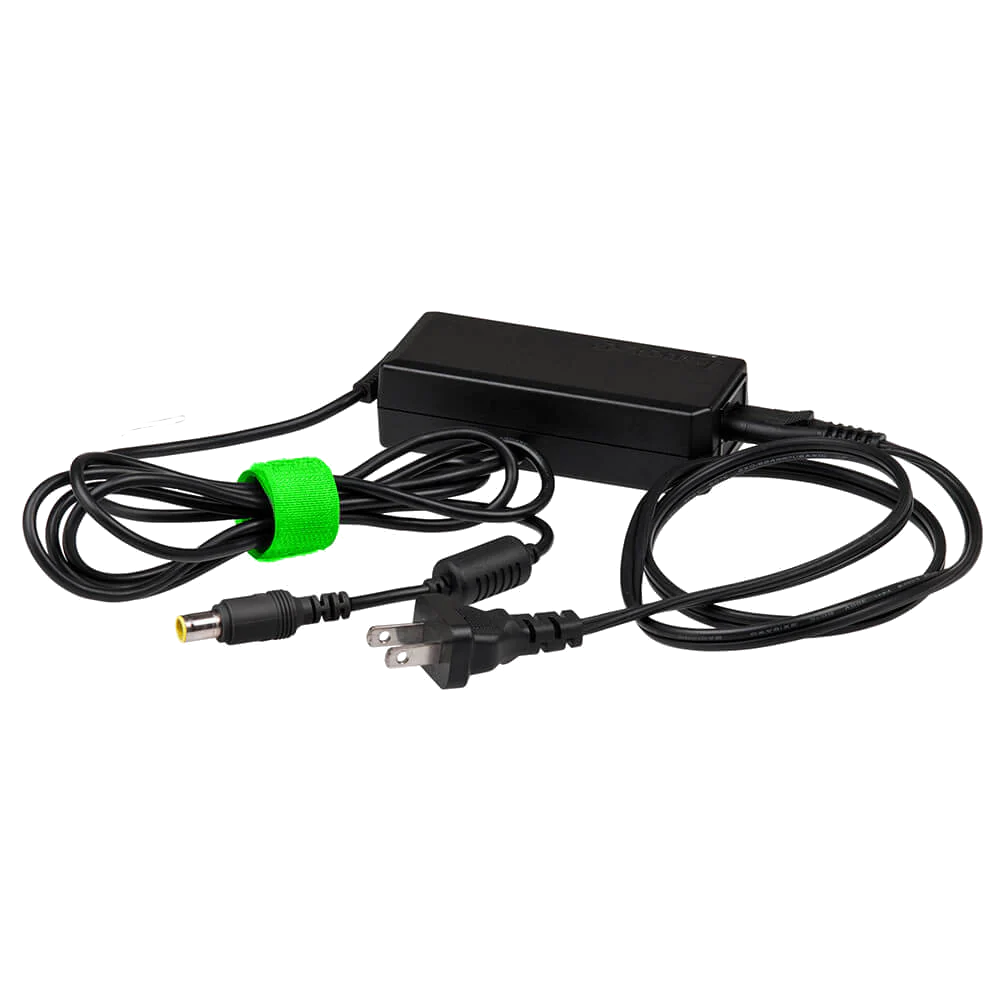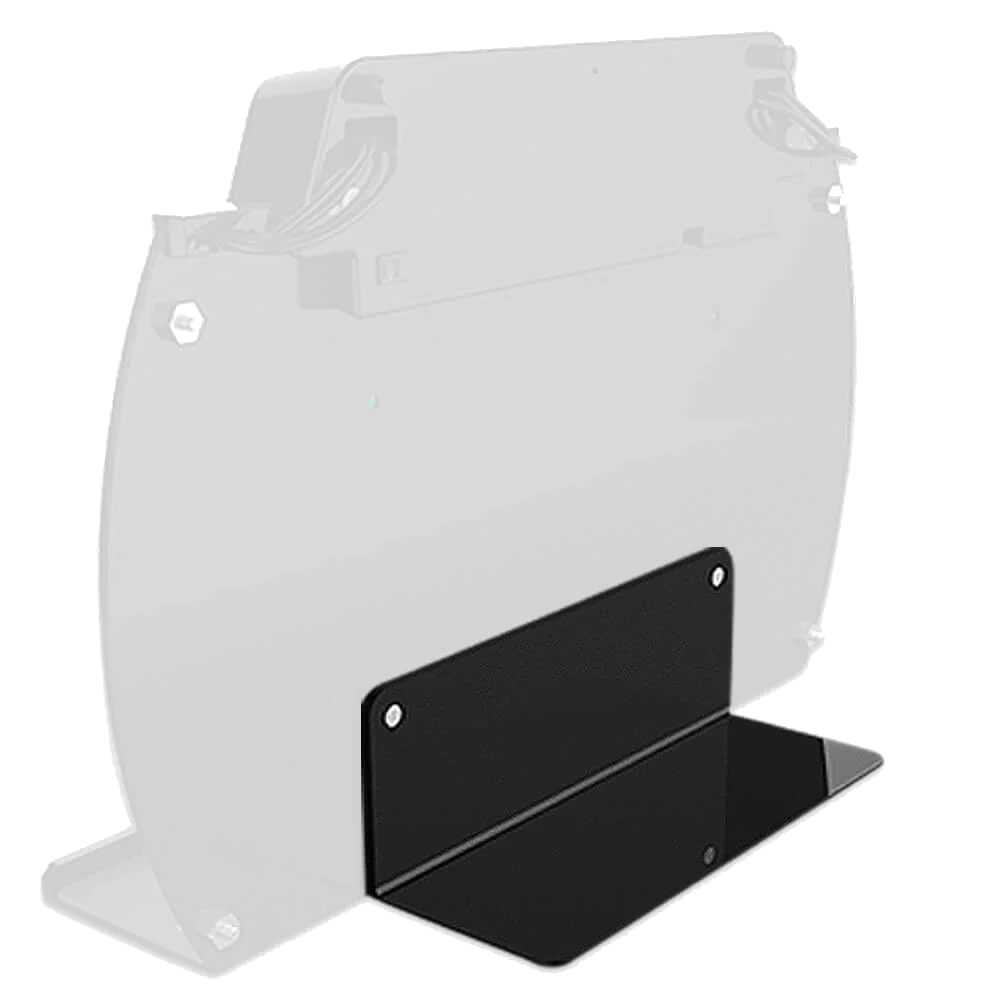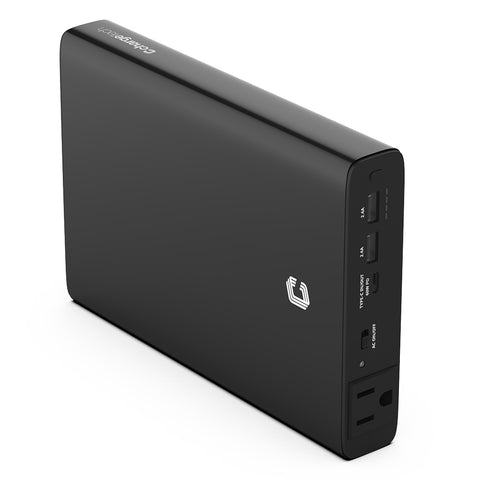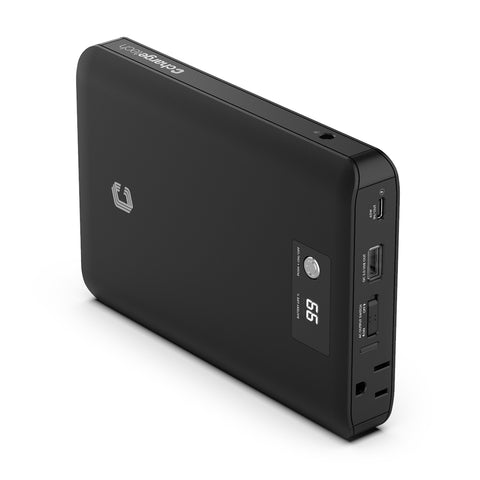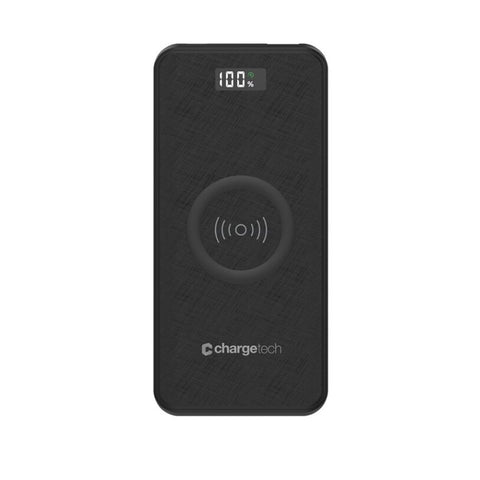Energy. A simple word that has big implications for the global environment. The decline in consumption of business supplies has matched the dramatic increase in the use of electricity in workplaces across the world. Additionally, the environment is now affected more by less than portable power grids at the local level, ie near people’s home and offices, due to this rise in demand.
This is a drastic change from the time when folders, pens and binders were manufactured far away. Moreover, the high requirement for power is expected to increase exponentially with the soaring demand for mobile phones, personal computers and other electronic devices, in turn further reducing the need for traditional office products.
While the debate rages on about how power affects the climate and the economy globally, everyone agrees that drawing continuous energy from the grid supply chain has a detrimental environmental impact.

Consider that in the US alone 63% of all power produced comes from the burning of fossil fuels. Coal emits approximately 204 lbs (93kg) of CO2 per million Btu and as more economies expand around the globe, they often have no other option than to rely on energy production through burning fuel.
Most people have no control over the source of electricity they receive - it might be supplied by a nuclear, coal or even a solar plant. Our homes, for example, are sometimes supplied by solar energy, but once we leave, the power is pulled from any of the other aforementioned sources.
At this point, it’s worth mentioning that many businesses pay more for peak usage during normal office hours. Electricity from the grid is diverted to where it is needed at that moment and power production is generally perishable. Furthermore, most electricity is also not stored. For example, only 6% of US power is stored in batteries and the majority of users don’t have access to this kind of energy to run everyday office needs. Instead, we just ‘plug-in’ to the nearest outlet under our desk, at the airport, hotel, etc.

So how can a single user be empowered to have an impact? An efficient way to conserve energy is through the use of portable power. Portable power banks and the batteries in them have come a long way in the last decade and now include the AC outlet within the unit. They can supply up to 120 watts, are relatively lightweight and cost less than half of the average price of an iPad. Users can choose how they get their power and can easily charge from green energy when available, and also recharge at night when the cost of electricity is cheaper.
The portable power market is expected to grow at over 17% CAGR to around $11 billion by 2020. The ROI on a commercial power bank is fast when you consider this: micro-energy storage power banks allow users to select what grid they choose to store their energy from, and when they charge and discharge it. Businesses can save money on utility bills by storing energy when rates are lower, and consumers have the choice of using power in a more convenient way while helping the environment.
This is a drastic change from the time when folders, pens and binders were manufactured far away. Moreover, the high requirement for power is expected to increase exponentially with the soaring demand for mobile phones, personal computers and other electronic devices, in turn further reducing the need for traditional office products.
While the debate rages on about how power affects the climate and the economy globally, everyone agrees that drawing continuous energy from the grid supply chain has a detrimental environmental impact.
Waste of Energy

Consider that in the US alone 63% of all power produced comes from the burning of fossil fuels. Coal emits approximately 204 lbs (93kg) of CO2 per million Btu and as more economies expand around the globe, they often have no other option than to rely on energy production through burning fuel.
Most people have no control over the source of electricity they receive - it might be supplied by a nuclear, coal or even a solar plant. Our homes, for example, are sometimes supplied by solar energy, but once we leave, the power is pulled from any of the other aforementioned sources.
At this point, it’s worth mentioning that many businesses pay more for peak usage during normal office hours. Electricity from the grid is diverted to where it is needed at that moment and power production is generally perishable. Furthermore, most electricity is also not stored. For example, only 6% of US power is stored in batteries and the majority of users don’t have access to this kind of energy to run everyday office needs. Instead, we just ‘plug-in’ to the nearest outlet under our desk, at the airport, hotel, etc.
Taking Back the Power With Green Energy

So how can a single user be empowered to have an impact? An efficient way to conserve energy is through the use of portable power. Portable power banks and the batteries in them have come a long way in the last decade and now include the AC outlet within the unit. They can supply up to 120 watts, are relatively lightweight and cost less than half of the average price of an iPad. Users can choose how they get their power and can easily charge from green energy when available, and also recharge at night when the cost of electricity is cheaper.
The portable power market is expected to grow at over 17% CAGR to around $11 billion by 2020. The ROI on a commercial power bank is fast when you consider this: micro-energy storage power banks allow users to select what grid they choose to store their energy from, and when they charge and discharge it. Businesses can save money on utility bills by storing energy when rates are lower, and consumers have the choice of using power in a more convenient way while helping the environment.

